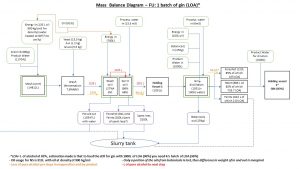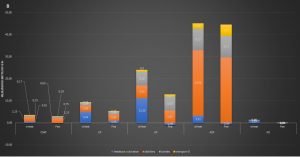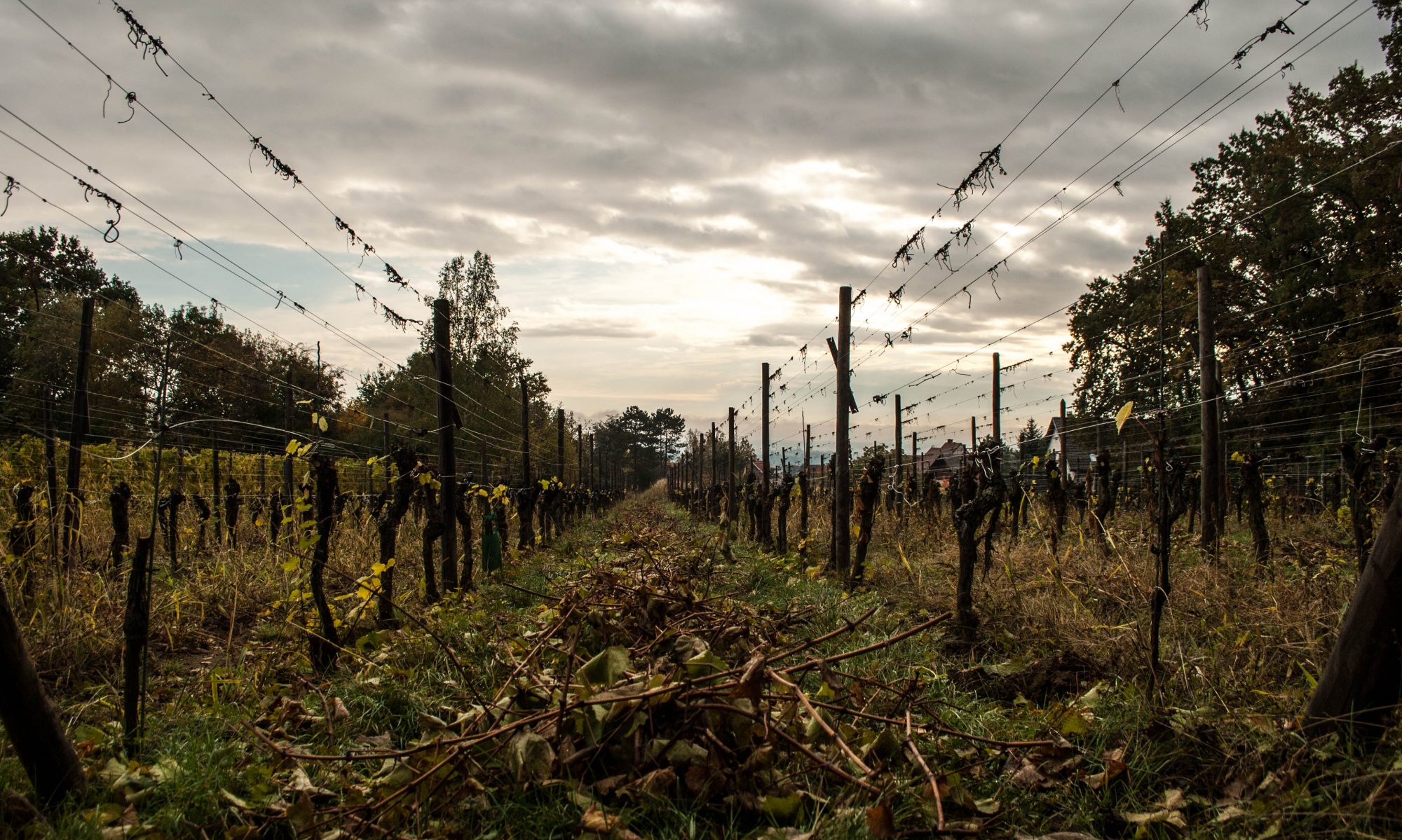WHAT?
From May to August I will be conducting a project as an intern for the university of Bangor (UK) as part of the EU funded project TRUE (TRansition paths to sUstainable legume based systems in Europe). My primary research goal for this master will be to investigate and conduct life cycle assessments (LCAs) of innovative legume value chains and more specifically the environmental impact and balance of the different steps within the chain. We will be collecting data for environmental impacts of the grain legumes which originated in a barley/legume rotating system. After harvest, legumes (field peas for the study) will be used for Gin distillation, and subsequent by products (Distillar grains) will be processed due to high protein content for future fishfeed in aquaculture salmon farms.
WITH WHO?
As an intern for the university of Bangor, I will be working in collaboration with James Hutton institute in Dundee (UK), Arbikie Distillery and potentially AWI (Germany). All of these are partners in the TRUE project and will oversee data collection from rotating agricultural system, to the distillation and future use as fishfeed i.e. different partners are responsible for different steps within the cradle to farm gate
TRUE project which is a EU H2020-funded project in which Bangor university is undertaking life cycle assessment (LCA) of legume value chains. TRUE, based in the EU is a balanced practice-research partnership of 24 institutions, which aims to identify the best routes, or “transition paths” to increase sustainable legume cultivation and consumption across Europe.
CHALLENGES
First Challenges arrived when drafting the system boundary for our LCA model. As this was the first assessment ever done on my behalf, A holistic approach to LCAs had to be conducted. I’ll be posting soon the first draft of our system boundary diagram.
FOR INTERESTED PARTIES
“As you may have understood from browsing over this website, looking at the beautiful range of colours from different legume pulses, and bits and pieces in my biography part, this research project focuses on innovative value chains for legumes. To do so, we are currently conducting a Life Cycle Assessment on a specific value chain.
Some may ask, what is a Life Cycle Assessment or LCA? Of all the definitions out there, I chose to use the one given from Anderson et al (1994): it’s a process of analysis and assessment for environmental loadings, burdens and effects caused by the production of a product, the process or service it renders throughout its lifespan i.e. “from a cradle to grave’, although more recent use of LCAs also focused on “cradle to cradle”, “cradle to gate” etc.
Originally, LCAs were first developed to assess the environmental loads of the industrial machinery, and its processes. In the 80’s however, a growing movement on having an ecological and sustainable approach to life, activated intense research to assess the burdens associated with our commodities and food systems. indeed, Food systems, led by agricultural processes comes with large impacts on the environment such as intensive use of land, heavy reliance on natural resources. Agriculture is not only relying on climate and biological processes, but also impacts them. Therefore, conducting LCAs, enables us to identify options and opportunities within a value a chain starting at a “cradle” point for improvement.”
OUR SYSTEM BOUNDARIES

This last diagram shows a simplefied and explicit description of all inputs and outputs of the mass balance of Arbikie distillery for Gin production. This gives clearer idea of what we focused on to run an impact assessment of the operation, and assess its sustainability
RESULTS

The above figure shows the characterised emissions for the entire value chain, with units in kg/FU (GWP; AD), MJ/FU (ADF) and g/FU (AP, EP). N.B: all wheat/pea upstream and field emissions are embodied in “feedstock cultivation. Supplementary data which will be given later, and the above figure suggest that main differences in environmental impacts between vining peas and winter wheat as feedstock for gin production is influenced by fertiliser and Urea application for wheat and residual N for Pea. Both processes lie in the upstream environmental burden of cropping systems, as well as the agronomic input requirement of both crop.
The distillery operations embodying yeast manufacture, electricity and oil consumption, represents about 60% of the burden of the whole value chain, which is dominated by oil consumption for heating and cooling purposes. For the wheat value chain, eutrophication and acidification impacts are mainly due to the cultivation stage. Overall this suggest that a preference of using pea over wheat to decrease environmental burdens of growing wheat grain for alcohol production
The present study emphasizes the multiple environmental benefits of introducing legumes in crop rotations for reducing burdens associated with fossil fuel resources and climate change impacts. Furthermore, Arbikie, proposed the idea of introducing pea and other legume grains within intercropping systems which not only offers similar benefits as in rotations but was shown to carry higher yield potential (Ianetta et al 2016, Naudin et al 2014). This study will be used as a model for the EU H2020 funded project for future initiatives using LCA, to foresee negative outcomes and identifying various hotspots throughout the chain for improvement opportunities.
Where does our study fits in the grand scheme of things?
The excess reactive Nitrogen emitted as a result of food production systems, in particular related to the intensification of agricultural systems such as livestock and aquaculture, are a main driver for environmental pollution, fossil fuel depletion, biodiversity loss and Climate Change. The necessary increase in food production by 2050 to meet the demand of a growing population coupled with modern diets is driving the excessive need for animal-based protein, which in turn weighs on crop production for feed such as cereal and protein crops. This has resulted in a constant need for new protein sources. Yet, alternatives like legume crops are continuously declining in European agricultural systems, and the dependency on imported soybean is accompanied with environmental and socio-economic costs. It has been established that legume grain production can benefit the environment and enhance growth of EU sustainable farming systems; e.g. increases resource efficiency and participating in balancing out EU’s deficit in plant protein production. Legumes can benefit subsequent crops through BNF, and potentially by increasing post grain yields. It has thus become a necessity to portray legume systems as protagonists to a sustainable agricultural future rendering their proven environmental benefits. And so, a very first step would be to show alternative use of legume-based systems
